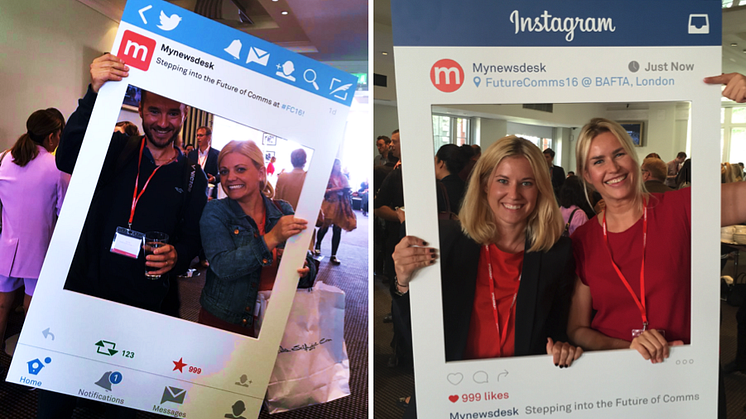
Blog post -
Excitement & Curiosity: The Key Ingredients For Engaging Introductions
One should never underestimate the power of a well-written introduction.
These days, Facebook, amongst other platforms, are making it increasingly difficult for brands to get their stories visible in news streams.
So, what can you do about this challenge if you're dependent on publishing text-based content? Well, you'll have to take a scientific approach to it all. In this blog post I'll explain a few simple psychological reactions you can try to create the next time you're to publish something in a social media. Plus, I'll try to give you a few guidelines as to how you can achieve this. Engagement doesn’t come by itself – you have to create it.
Excitement
Excitement is an emotion, and it’s a condition - a mental response to an experience. The body always seek to remain within homeostasis, a condition of mental control and order. By creating excitement, you interrupt homeostasis, and people will become more willing to engage, be it positive or negative. This is an irrational act, and that just what you as a communicator must try to achieve in order to make the readers engage in your content.
Curiosity
Curiosity can be understood as a cognitive hunger that needs to be stemmed. For communicators, it is important to keep these two principles of curiosity in mind. First, you create curiosity by creating a gap between what they know and what they want to know. Secondly, in order to maintain curiosity, you need to leak out knowledge a bit at the time without giving away too much. A good introduction will do both, without the reader being aware of it.
How to achieve this in an introduction
Now this might sound overwhelming, but trust me – it’s not. Both excitement and curiosity is something we humans experience on a daily basis. Your job is to make the readers feel this when they see your introduction, and choose to engage with it based on their current emotional state of mind. Here’s a few means you can apply:
- Humor
- Wordplays
- Contextual relevance
- Give a little taste of the exciting things you have to tell
- Appeal to emotions
- Give knowledge as a reward for their engagement
How you solve this depends on what you're writing about, as well as your target group. One example we all know is how charities apply pathos in order to enlist contributors. Another example that’s become quite common over the last years is photos or videos accompanied by a text along the lines of ”you would never believe what this person did”. Both these work in order to achieve engagement, but it is important to keep in mind that there is no recipe, only guidelines. The rest is up to you and your creativity.
Engagement as the wanted outcome
By creating both excitement and curiosity in a well formulated introduction, you will have a better chance at succeeding with creating engagement. The engagement will consist of the reader’s actually reading your content piece. And furthermore, you want them to like, share and comment on it. If you manage this, then you have succeeded.
Have this in mind the next time you are writing an introduction, and be aware of the fact that how you formulate yourself will affect the possible excitement, curiosity and hopefully engagement of the readers. Good luck!



